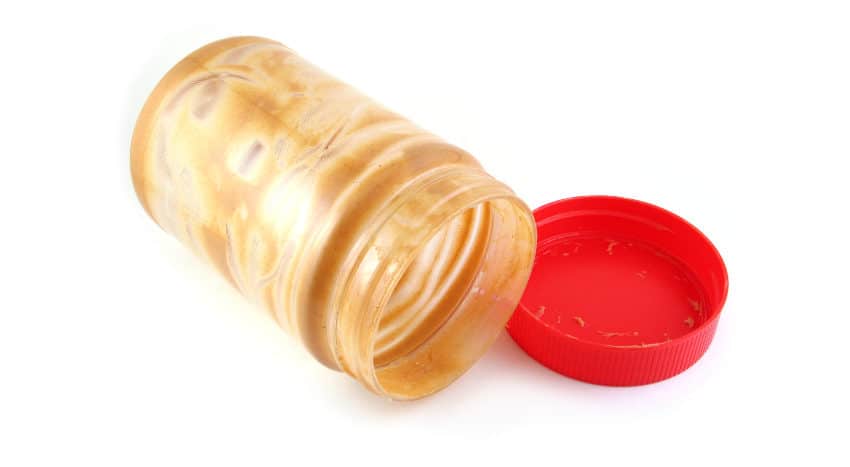Author’s Note: Originally posted in 2021, this story was updated on March 15, 2023 to reflect changes to the core items that all communities can include in curbside, rear yard, or drop-off recycling programs.
News about recycling is everywhere these days. In Cuyahoga County and the United States, stories have been published and shared detailing how contamination is ruining our recycling efforts. The exposure is centered on our reliance of overseas recycling markets that no longer exist and our poor recycling habits.
So, how do we fight it? Can we solve it? Why should we care about recycling right?
Not all things are suitable for curbside recycling. In Cuyahoga County, there are established core items that belong in curbside recycling: Aluminum cups, metal cans, cardboard, glass bottles and jars, paper and boxes, plus plastic bottles and jugs. And there are best practices to recycling right.
One best practice is to make sure that your curbside recyclables are empty, clean and dry. Food remnants, stuck-on grease and large quantities of peanut butter left in jars are all ways that can ruin your well-intended actions to recycle.
Empty
Take a minute to remove the Styrofoam, plastic bag or strapping from your boxes. Dump out the last inch of flat soda in the bottle. Use a small spatula to scrape the last few precious scoops of peanut butter from the jar. Eat that last piece of pizza or wrap it up for later. Leave nothing inside the container. Zip, zilch, nada.
Clean
You don’t need to run the spaghetti sauce can or peanut butter jar through the dishwasher. But you should give it a quick rinse, just to make sure the leftovers or food scraps are removed. It’s also not necessary to use gallons of water to make it squeaky clean. Consider dipping your jars and cans into your dirty dishwater while cleaning up after your meal. And, regarding pizza boxes, the lid (and any other CLEAN area of the container) can be recycled if it’s not covered with food or grease.
Dry
Once it’s been emptied and rinsed, let it sit on the counter to dry. Place the cap back on the bottle, carton, or jug to keep any remaining liquid from getting all over your paper and boxes. And, when it’s at the curb, keep the paper and boxes out of the rain and wet weather conditions. Wet, moldy recycling is not recoverable and will end up in the trash.
Recyclables are commodities that are sold and bought and used in manufacturing. Providing our local sorting facilities with recoverable materials is the first step in that process. Follow the “empty, clean and dry” rule as you place only the five core items in your cart or bin. This will help ensure that your efforts to help the environment through recycling are rewarded.
We can all improve our recycling habits by taking a few extra minutes to ensure that our items are prepared properly for the curb by being empty, clean and dry.
POSTED ON:
